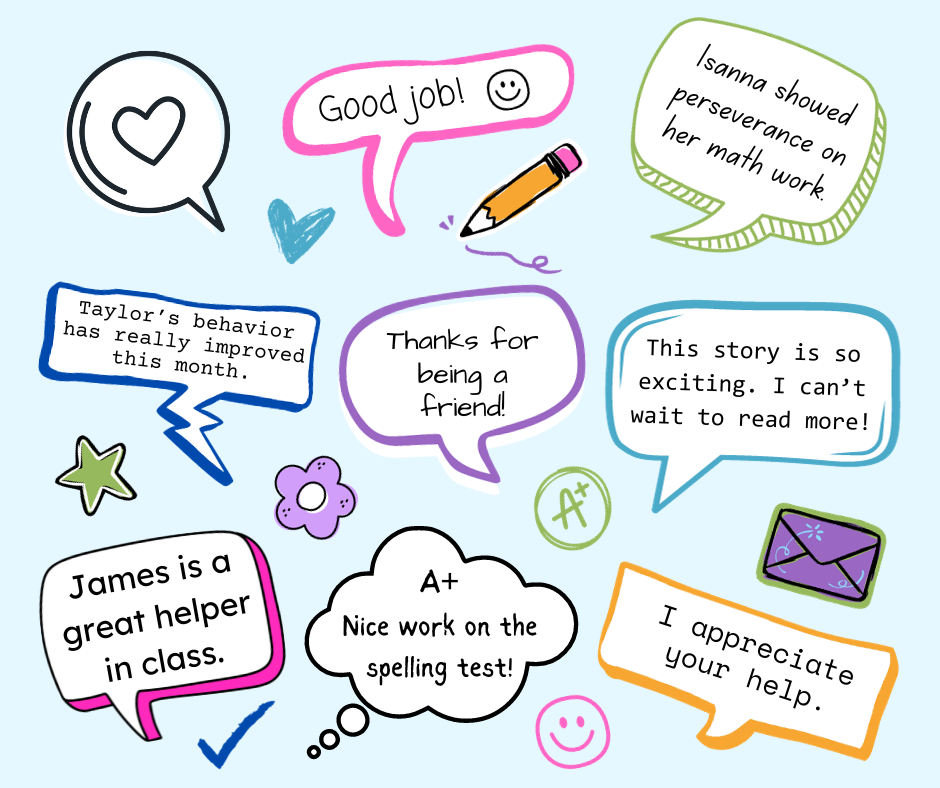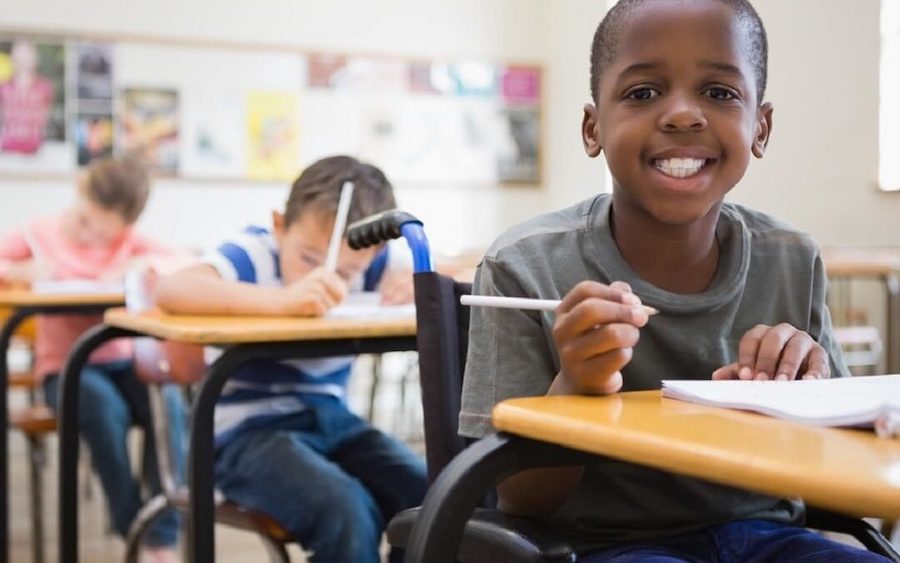
9 A+ Strategies for Communicating with Students, Parents, and Families
At Walkabouts, we recognize that communication is key to building positive relationships between teachers and students’ families. Keeping open lines of communication will help support students’ growth and academic success.
Here are nine all-star strategies for communicating with students, parents, and families.
1. Positive Phone Calls and/or Emails
Phone calls and/or emails are an easy way to touch base with parents and families about positive things their students are doing at school. There are so many opportunities to recognize the good that students do — whether that’s earning a great grade on an assessment, completing an unprompted act of kindness, or showing persistence with a difficult task. Positive phone calls and/or emails with a personal touch leave all parties feeling good. This communication approach works to show how students are individually celebrated for their personal accomplishments.
Tip: If you need to leave a voicemail message, state who you are, how and when to reach you, and that you want to share a positive message. Because phone calls home are typically negative, noting that the message is positive is an important detail. If you are unable to connect with parents over the phone, an email is a great alternative.
2. School-Based Apps
Many classrooms and schools have adopted school-based apps for teacher communication with families. These virtual meeting spaces can be used for reminders and notifications, sharing photos and videos (with permission), and communicating classroom schedules and special events.
3. Monthly Calendars
Use monthly calendars to provide parents and families with an overview of a manageable chunk of time. Monthly calendars can include weekly reminders/routines, birthdays (with permission), special events, field trips, parent volunteer opportunities, classroom learning themes, assignment due dates, etc.
4. Weekly Newsletters
Weekly newsletters can serve to wrap up school-to-home communication each week. Newsletters provide an opportunity for a recap of the past week and can also provide an overview of the coming week, if desired. To bridge school to home, consider adding 3 to 5 questions parents can ask their children that pertain to what they learned in school the previous week. Send newsletters digitally (via email, app, classroom website, etc.) each Friday (or the last day of the school week).
5. Classroom Websites
A classroom website can showcase all things related to school with links to resources such as calendars, curriculum, assignments and due dates, etc. The website can serve as a place for parents to locate information regarding their children. Include your email address and/or a space to message you.
6. Positive Comments
Positive comments help celebrate students’ success in the classroom. Teacher comments on graded work can mean a lot to students and make them eager to share their work at home. Handwrite comments on paper assignments, or type comments on digital assignments, if possible. For more in-depth projects, students and parents will appreciate a sentence or two highlighting students’ accomplishments. When students are performing well in school, remember to say so on their report cards, too!
7. Conferences
Regularly scheduled conferences are a great way to touch base in person. During parent-teacher conferences, share with families how their students are positively progressing based on a variety of growth measures such as observations, assignments, and testing data. This feedback allows families to be better informed about their children’s strengths, needs, and learning styles. This knowledge can help parents better support their students with academic and personal growth, both in and out of school.
8. Notes and Letters
A quick positive handwritten note home or letter of thanks from a teacher makes an impression. Handwritten communication is a great way for teachers to recognize student accomplishments. Send home letters, notes, (or even sticky notes) that recognize students’ contributions, positive progress (academic or behavioral), volunteerism, kindness, etc. You might even consider sending a postcard to a student's home address. These notes and letters can be meaningful to both students and their families.
9. Home Connections: Family BINGO
Home connections help to tie what’s happening at school to home while also getting students involved. Family BINGO provides thematic curricular ties and activities for the whole family to complete.
Create BINGO cards with the suggested topics, or use your own. Challenge students and their families to complete a BINGO each month.
- Email the teacher.
- Write the teacher a note.
- Check homework.
- Create an assignment for other families to complete.
- Read the classroom newsletter.
- Visit the local library to find books that fit the theme.
- Read a book that fits the theme.
- Write a math problem that fits the theme.
- Create an art project that fits the theme.
- Create a dance, exercise, or other movement that relates to the theme.
- Practice something that you (student) is struggling with in school.
- Demonstrate something that you (student) does well at in school.
- Play an active indoor game.
- Go for a walk or run.
- Play an active sport outside.
- Visit a park or a playground.
- Visit a family-friendly location in your community.
- Attend a school event.
- Bake something.
- Plan and make dinner.
- Complete a chore.
- Help a family member, friend, or neighbor.
These communication strategies are sure to earn an A+ from students and their families!
Walkabouts are the easiest way to activate elementary lessons with movement. These web-based lessons activate pre-K through 2nd grade content with fun, standards-based movement. This curriculum supplement integrates language arts, math, and reading content with real exercises, making active learning easy – all with no special equipment, training, or extra space needed! Find the Walkabouts subscription that’s right for you!





